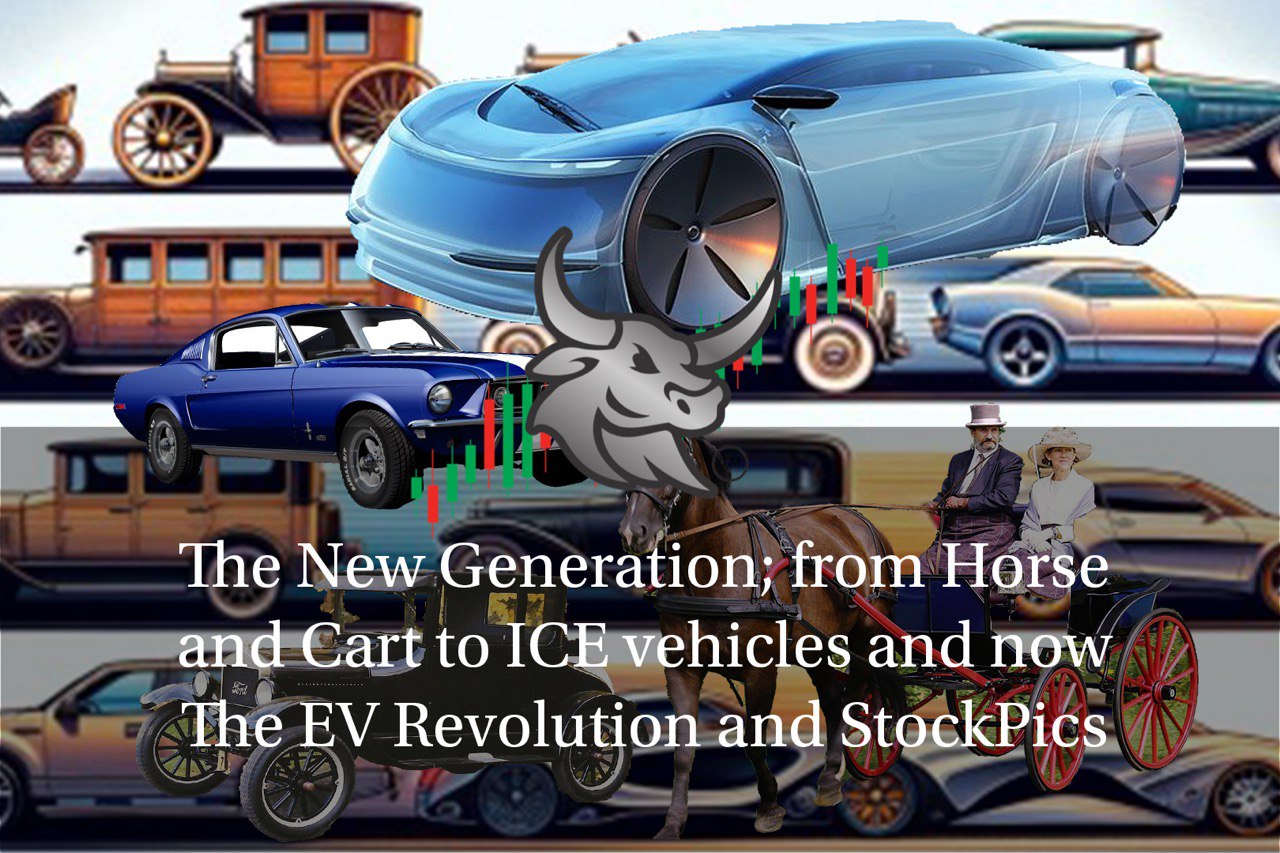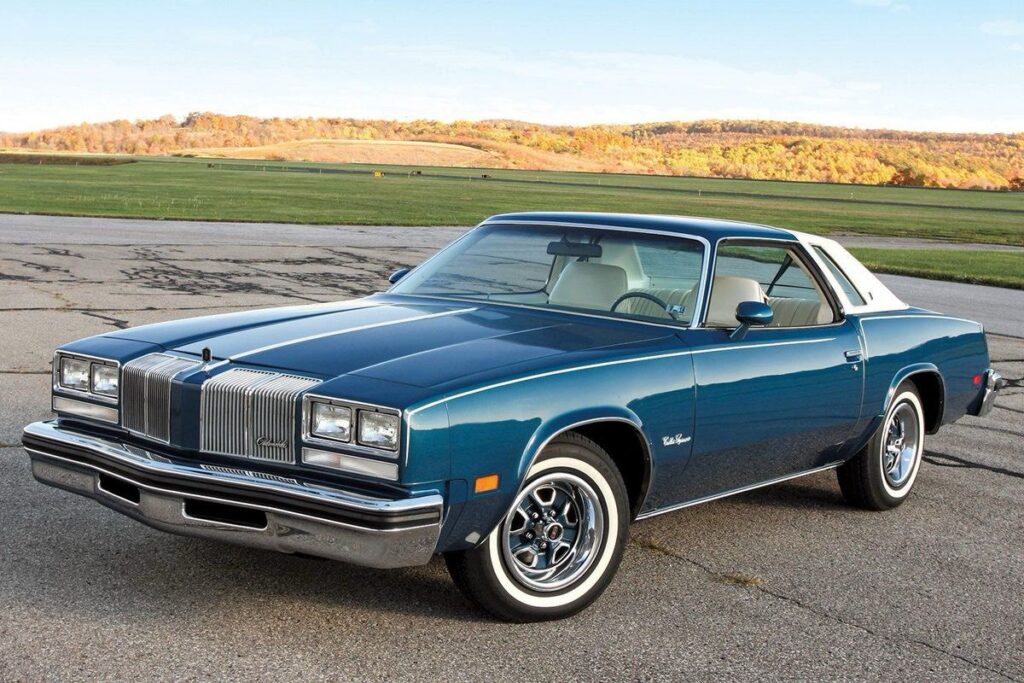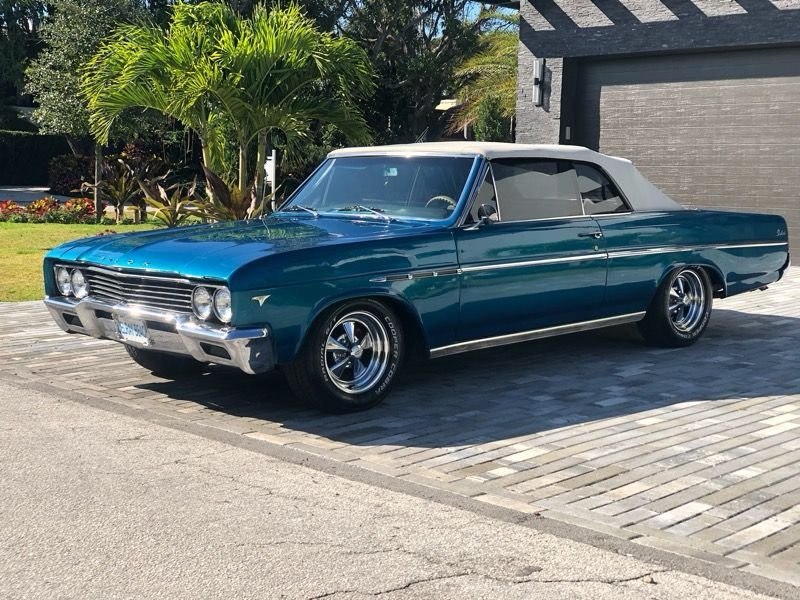1 of 6: A six (6) Article Series On The Evolution of the Automobile, From ICE to EV Powered Vehicles by 2035, The Transformation Years and Dependence on Lithium Powered Batteries!
Introduction: Before the advent of the automobile, transportation primarily relied on the humble horse and cart. These simple vehicles, pulled by horses, were the backbone of daily travel and commerce. Interestingly, the word “car” is derived from “cart,” reflecting the automobile’s lineage. Moreover, even in our modern era, we measure engine power in “horsepower,” a nod to the horses that once powered our journeys. This article explores the fascinating history and evolution of the automobile, from its origins to its transformative impact on society.
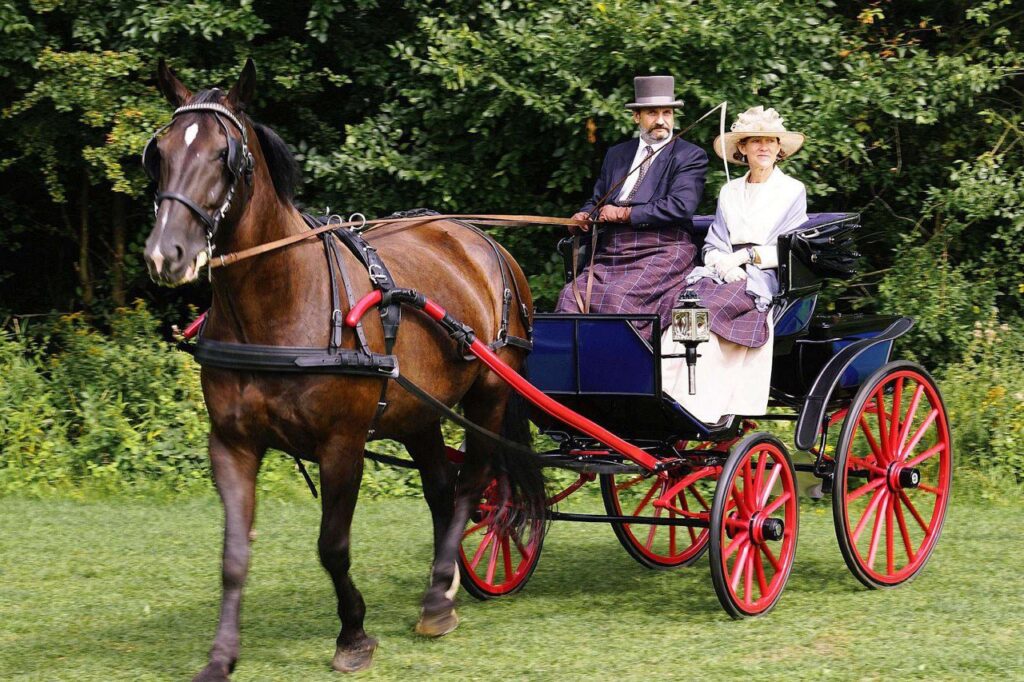

Call for a free estimate anywhere in the Greater Montreal Area.
The Dawn of the Automobile: The Benz Patent-Motorwagen The story of the automobile begins in Germany in 1886, when Karl Benz unveiled the Benz Patent-Motorwagen, widely regarded as the first true automobile. Benz, a visionary engineer, combined a lightweight frame with an internal combustion engine, creating a self-propelled vehicle that marked a significant departure from horse-drawn carriages. The Benz Patent-Motorwagen featured a single-cylinder engine and a top speed of approximately 10 miles per hour—a remarkable feat for its time.
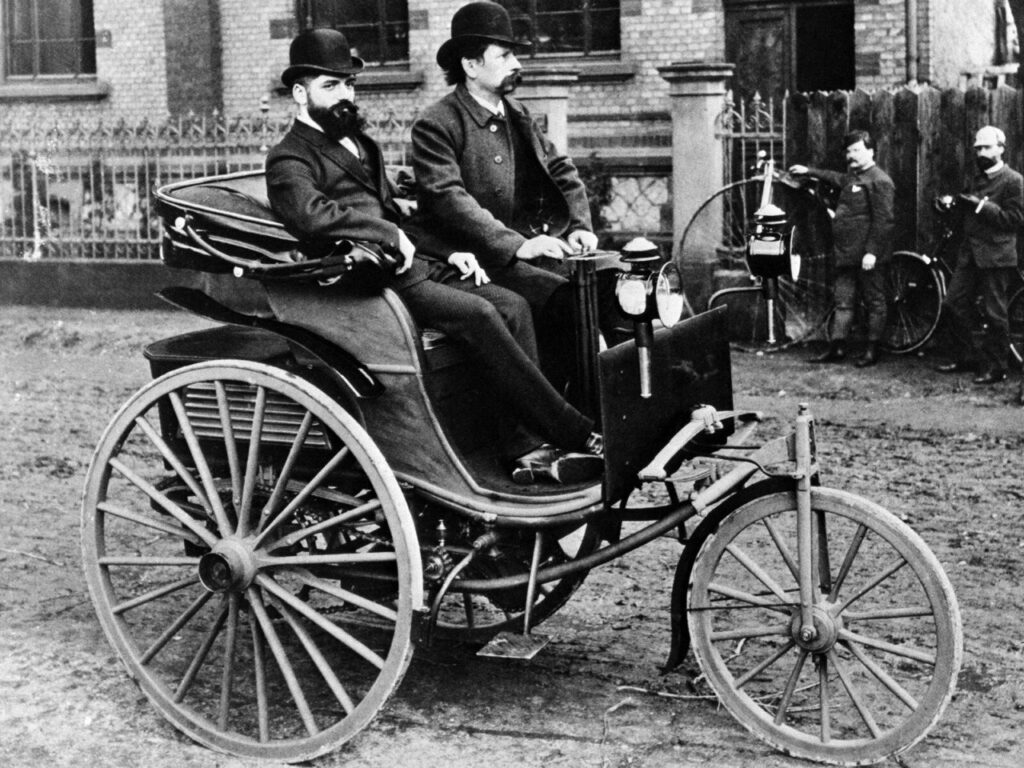
Early Innovators Around the World While Benz laid the foundation, inventors across the globe were simultaneously developing their own innovations. In Germany, Gottlieb Daimler and Wilhelm Maybach were instrumental in advancing high-speed engines. France saw contributions from pioneers like Armand Peugeot and René Panhard, who played crucial roles in the burgeoning automotive industry. In the United States, inventors such as the Duryea brothers and Ransom Olds were making significant strides. This period was characterized by a spirit of competition and collaboration, driving rapid advancements in automotive technology.
Henry Ford and the Assembly Line: Revolutionizing Production The automotive industry underwent a revolutionary transformation with the introduction of assembly line production by Henry Ford in the early 20th century. Ford’s innovation significantly reduced the time and cost of manufacturing cars, making them affordable for the average person. The Model T, introduced in 1908, became a symbol of this new era. Ford’s assembly line technique not only revolutionized the auto industry but also set new standards for manufacturing across all sectors. This shift had profound societal implications, contributing to the rise of the middle class and the widespread adoption of automobiles.
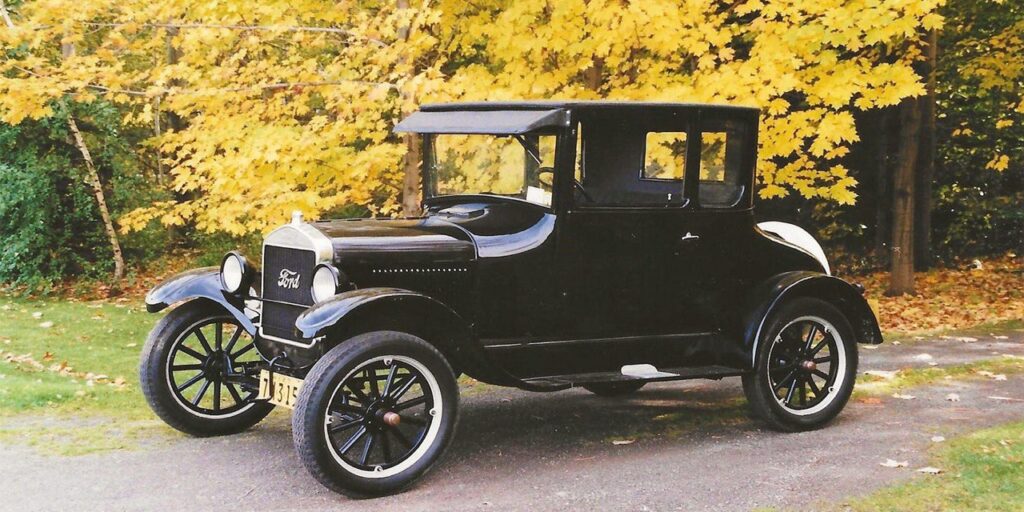

The Golden Age of Automobiles The mid-20th century marked the golden age of the automobile. Post-World War II, America experienced an economic boom, and cars became symbols of freedom, status, and innovation. Major car manufacturers like General Motors, Ford, and Chrysler dominated the market, producing iconic models that defined the era. The automobile industry fueled economic growth, creating jobs and fostering suburban development. This period also saw the rise of car culture, with cars becoming integral to the American way of life.
Environmental Concerns and Technological Advances As the automobile industry thrived, it also faced new challenges. The oil crises of the 1970s highlighted the vulnerabilities of an oil-dependent economy, prompting a push for fuel efficiency and environmental regulations. The introduction of hybrid and electric vehicles marked a significant shift towards sustainable innovation. Pioneers like Toyota, with its Prius, and Tesla, with its Roadster, led the charge in developing environmentally friendly alternatives. These advancements reflected a growing awareness of the need for sustainable transportation solutions.

The Future of Automobiles Looking to the future, the automobile continues to evolve, promising safer, smarter, and more sustainable travel. Innovations in autonomous driving technology, renewable energy, and smart city integration are set to redefine transportation. The vision of self-driving cars, interconnected urban mobility networks, and reduced carbon footprints represents the next frontier in automotive innovation. The legacy of the early pioneers, from Benz to Ford, lives on in these advancements, driving us towards a future where the automobile remains a catalyst for change.
Conclusion: The Automobile’s Lasting Legacy From the horse and cart to the Benz Patent-Motorwagen, and from the assembly line to autonomous vehicles, the journey of the automobile is a testament to human ingenuity and progress. The evolution of the automobile has not only transformed transportation but also reshaped society, economies, and the environment. As we continue to innovate and adapt, the automobile’s legacy endures, steering us towards a future filled with promise and potential.
Next in the Series: “Henry Ford and the Assembly Line: The Making of the Modern World” In the next article of this series, we delve into the transformative impact of Henry Ford and his introduction of the assembly line. We’ll explore how this innovation revolutionized production, making cars affordable for the masses, and how it laid the foundation for the modern industrial world. We’ll examine Ford’s role in creating the middle class, his influence on global manufacturing practices, and the broader economic and societal changes that followed. Join us as we uncover how one man’s vision redefined industry and shaped the 20th century.


